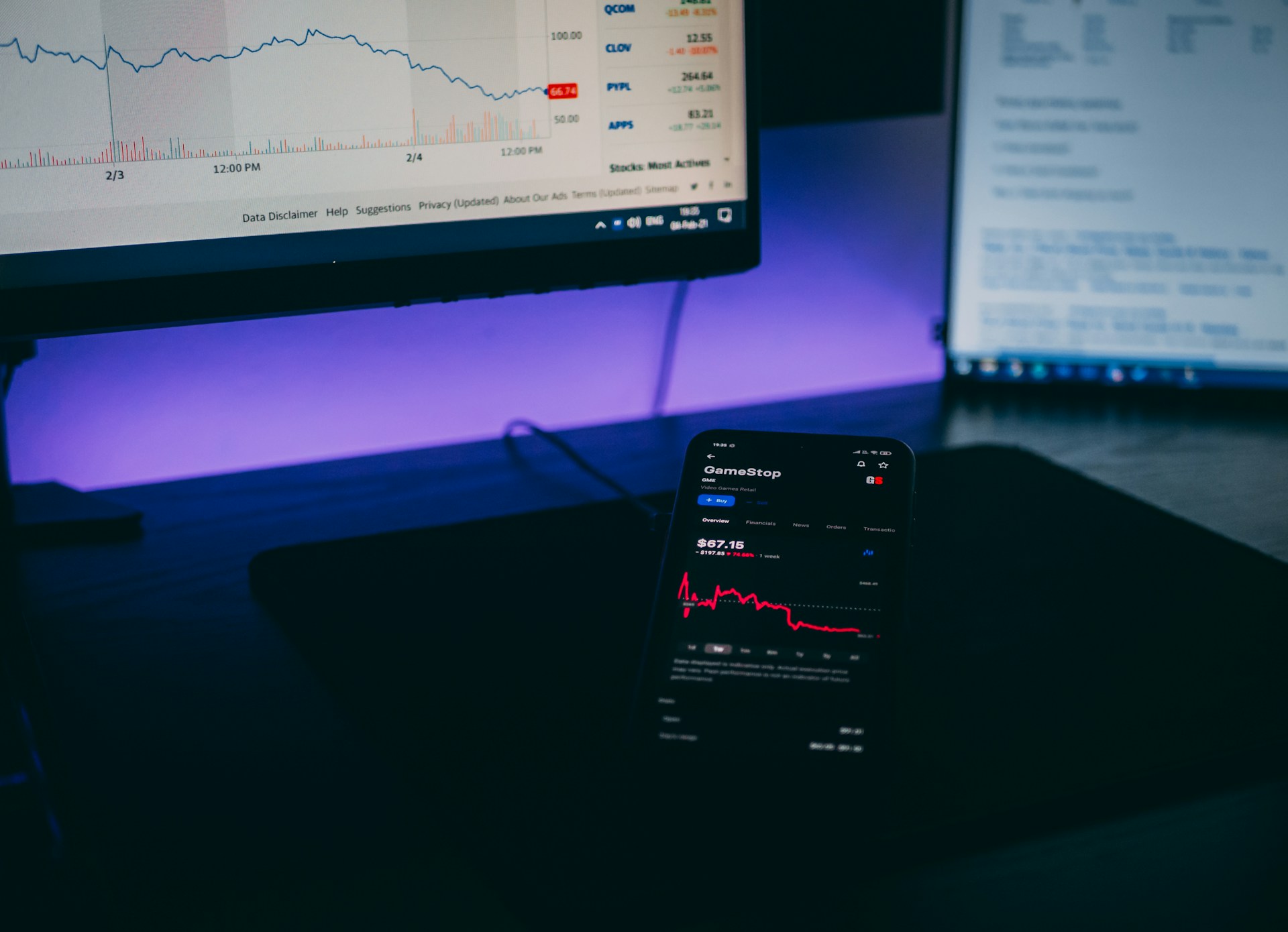In the ever evolving world of publicly listed companies, navigating through the vast sea of financial metrics can often feel overwhelming. Among the myriad of performance indicators, one critical metric that stands out for its direct relevance to investor relations is the concept of “Abnormal Returns.” This measure can provide deep insights into how external communications and various events impact a company’s stock performance, beyond what is normally expected by the market.
Understanding Abnormal Returns
Abnormal Returns, in its essence, refers to the profits or losses that a stock generates over and above the benchmark set by broader market performance. It’s an indicator of how individual stock returns deviate from those predicted by market models, including various risk adjustments and market movements.
For example, if the overall market yields a 2% return, but a particular stock returns 10%, the abnormal return of that stock would be 8%. This figure is pivotal for companies and investors as it isolates external factors influencing the stock – such as investor relations activities, press releases, or other significant events – from the general market movement.
The Role of Abnormal Returns in Investor Relations
For publicly listed companies, especially those that are actively engaged in shaping investor perceptions and communications, understanding and monitoring Abnormal Returns is crucial. This metric allows companies to gauge the effectiveness of their investor relations strategies by directly linking company actions to stock performance.
Here’s how companies can use Abnormal Returns:
Event Analysis
Companies can assess how specific events or announcements influence their stock value. By examining the abnormal returns around the time of these events, companies can determine whether the news was received positively or negatively by the market.
Benchmarking Performance
In investor relations, it’s vital to not only communicate but also to measure the impact of these communications. Abnormal Returns help in benchmarking the company’s performance against the industry or broader market, allowing stakeholders to put performance into perspective.
Strategic Adjustments
By continuously monitoring Abnormal Returns, companies can fine-tune their strategies. For instance, if certain types of announcements consistently yield positive abnormal returns, a company might decide to focus more on these areas.
How Quarterback helps
Our platform is specifically designed for publicly listed companies to track and measure the impact of their investor relations activities. By analyzing comprehensive market data, including specific industries like lithium, our tool adjusts for general market movements and provides a refined look at how your stock is performing relative to these benchmarks.
For example, if the lithium industry experiences an average stock increase of 5% and your company’s stock rises by 10%, our tool will highlight the additional 5% increase as the abnormal return. This insight allows you to understand whether your stock’s performance is due to general industry trends or specific company actions.
Conclusion
In summary, Abnormal Returns offer a focused lens through which publicly listed companies can evaluate and enhance their investor relations efforts. By understanding how your stock performs in contrast to the broader market and similar industries, you can better strategize and communicate more effectively with your investors.
Investor relations are not just about sharing information; it’s about understanding the impact of that information. With the right tools and approaches, Abnormal Returns can become a cornerstone of strategic investor communications, providing clear indicators of what works and what doesn’t in your communications strategy. Equip your company with the means to not just participate in the market, but to outperform it and win investor confidence consistently.




